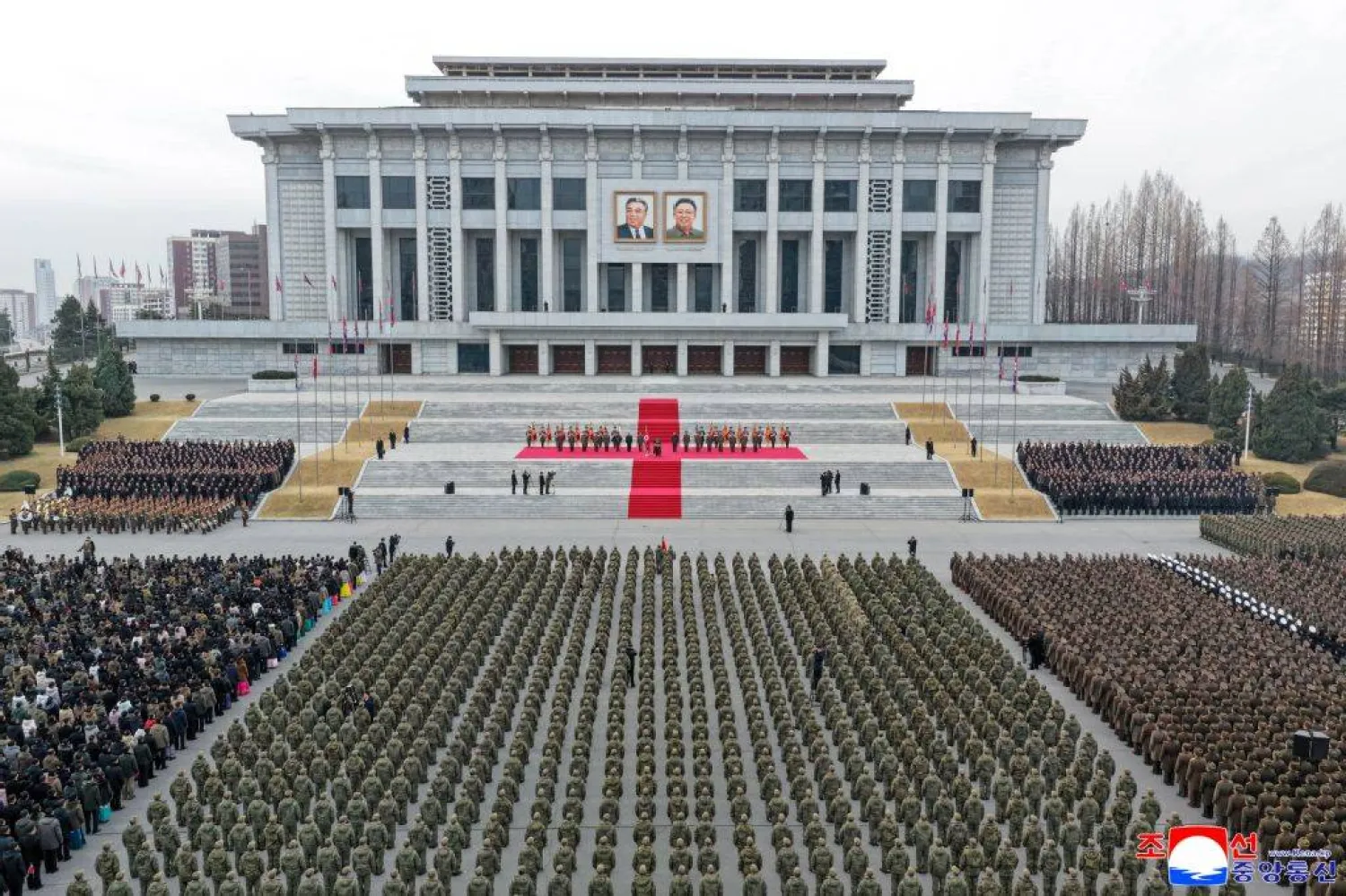Commander of the Islamic Revolution Guards Corps (IRGC) Aerospace Force Brigadier General Amir Ali Hajizadeh unveiled Monday plans to send a new homegrown satellite carrier into space.
Hajizadeh told Iran’s official news agency IRNA that Iran will put new satellites into orbit with its Qaem satellite carrier, which runs on solid fuel.
The Iranian state television indicated that Qaem rocket was first displayed before 2010, in the presence of Hassan Tehrani Moghaddam, the “architect” of the country’s missile program.
Moghaddam was killed on November 12, 2011 in a massive explosion at a munitions base outside the capital Tehran. The blast killed 36 IRGC elements, according to figures presented by Iranian authorities.
The television also showed a picture of Supreme Leader Ali Khamenei with Moghaddam, saying that Khamenei was on an inspection tour to be briefed on Qaem rocket’s project.
In January, the IRGC revealed testing solid-fuel rocket engines, the television noted.
Hajizadeh said then that the new missiles “are made of composite materials, rather than metal, and their engine is immobile.”
He explained that this “increases the missile’s power and that the technology is not expensive,” which enables it to transport heavy loads such as satellites.
Iran has previously launched liquid-fueled rockets into space.
On June 26, Iranian state television said that Tehran had launched a solid-fuel rocket into space.
Ahmad Hosseini, spokesman for Iran's Defense Ministry, said Zuljanah, a 25.5 meter-long rocket is capable of carrying a satellite of 220 kilograms (485 pounds) that would gather data in low-earth orbit and promote Iran's space industry.
Its launching process extends to three phases, two phases using solid fuel and one using liquid fuel.
Satellite images taken in March by Maxar Technologies showed scorch marks at a launch pad at Imam Khomeini Spaceport in Iran’s rural Semnan province. A rocket stand on the pad appears scorched and damaged, with vehicles surrounding it.
The rocket involved appears to have been Iran’s Zuljanah satellite launch vehicle, said experts at the James Martin Center for Nonproliferation Studies at the Middlebury Institute of International Studies who first noticed the attempted launch with colleagues.
Earlier in March, the IRGC's Aerospace Force successfully launched the Noor-2 reconnaissance satellite at an altitude of 500 km, using the Qased carrier.
Noor-2 is Iran's second military satellite sent into Low Earth orbit following its predecessor Noor-1, which was carried by the Qased rocket in April 2020 to an orbit of 425 km above the earth's surface.









